Foam tile play mats are everywhere. From daycares to the gym's childcare space, and maybe even in your home. Baby play mats made of foam are affordable and attractive. You can make a play space softer and more inviting for a low price. But, are foam mats safe?
Your baby spends a lot of time on the floor for tummy time and play, making a play mat essential. Although a foam baby play mat may seem like a good idea, these play mats may harm your baby's health. Read on to learn more about the types of foam play mats, what's in them, and alternative non-toxic options.
Types of Children's Play Mats (Foam)
Foam puzzle mats, or foam tile mats are popular because they're affordable, easy to keep clean, and soft. Although foam mats look alike, manufacturers use different types of plastics to make them. What kinds of foam play mats can you find on the market?
- Polyethylene foam (XPE)
- Physically foamed polyethylene (EPE)
- Polyvinyl chloride (PVC)
- Ethylene vinyl acetate copolymer (EVA)
In recent years, EVA foam mats have gained popularity. Companies advertise these mats as "non-toxic" alternatives to other plastic-based mats. However, is this true? What's hiding in foam mats, and are they safe?

What's in Foam Play Mats?
Foam play mats are made of different types of plastics. Each company uses a unique mix of chemicals to create a soft, comfortable, and attractive cushion. Although many claim to be safe or non-toxic, studies consistently show foam mats often pose risks.
A 2025 study published in Ecotoxicology and Environmental Safety found that EVA and PVC mats had high chemical risks. EPE foam was the safest option according to this study. Other studies have also found chemicals like formamide in foam mats. Yet another found high levels of ammonia.
What other harmful chemicals are hiding in foam play mats? How can you avoid these risks?
Formamide
Formamide is popular in industry as a softener or solvent. Unfortunately, this chemical is also toxic and may harm reproductive health in children. According to the European Union (EU) Chemicals Agency, formamide is a class 1B reproductive toxicant to children.
How do governments approach this risk?
In 2011, the Australian Competition and Consumer Commission (ACCC) released a statement about the safety of foam mats. They tested only EVA foam mats and only found small amounts of formamide. The ACCC stated that these mats don't pose a risk to children.
The French Agency for Food, Environmental, and Occupational Health & Safety agrees that the amount of formamide in play mats likely poses a low risk to babies. That said, the organization recommends banning the use of this and other toxic chemicals in children's products.
New York State has proposed a law that would make it illegal to sell children's foam mats containing formamide. However, at the writing of this article, no other states have laws about formamide in products for kids.
When looking at these responses, it's important to note that each organization studied different play mats. Understandably, they each come to a different answer. Studies also show variation in formamide off-gassing depending on the type of mat.
A 2023 study published in Environmental Science and Technology found that some mats off-gassed formamide at levels twice the EU emission limit. More concerning, the testing happened 28 days after opening the mat’s packaging. This means that levels were still high, even after the mat had a chance to air out.
Another 2016 study published in Analytical Methods also showed some EVA play mats contain high levels of formamide. In this study, some mats emitted nearly seven times the EU emission limit. The 2025 study also found that play mats made of EVA and XPE contained high levels of formamide.
α-methylstyrene
The 2025 study also found α-methylstyrene in several types of play mats. This chemical was the most toxic of the chemicals found in that study and is a group 2 carcinogen. According to the California Labor Code, this chemical may cause cancer and also be toxic to the female reproductive system. Eight of the 34 play mat samples studied had α-methylstyrene.
Phthalates
Phthalates are another chemical often used in plastic products such as foam. These chemicals are also common additives in hair and skin products. Phthalates can disrupt hormones and may cause girls to get their menstrual period earlier.
Several studies link phthalates to play mats. In one study of Swedish preschools, dust samples showed high levels of phthalates, especially where there were foam mattresses. A similar study also tested children's exposure to phthalates in childcare facilities. Phthalates were found on 95% of children's hands when wiped.
The studies above found that the risk for health issues caused by phthalates in childcare settings is low. But, because phthalates are so common in consumer products, even small amounts of exposure may add up. Studies show that chronic exposure may affect several parts of the body, especially the endocrine system.
Microplastics: Are Foam Play Mats Safe?
Regardless of chemical content, foam play mats slowly break down into microplastics. This can happen through UV exposure or by physical changes to the mat. When your child rubs, scratches, or bites a play mat, these actions slowly create microplastics.
Babies and young children may accidentally eat microplastics if they put their mouths on their play mats. Another possibility is that children might get microplastic dust on their hands and put it in their mouths.
Scientists are still learning about microplastics and their impacts. One study outlined how microplastics affect babies and young children specifically. Microplastics may impact many systems in children's bodies, including the digestive, reproductive, central nervous, immune, and circulatory systems.
How Do Babies and Children Get Exposed?
The main way babies and children get exposed to chemicals in play mats is by inhalation. The chemicals off-gas, or evaporate into the air. Children then breathe in these chemicals.
Children can also absorb chemicals through their skin. Your child's skin may come into contact with the mat for longer periods while crawling or sitting on it with bare legs.
Studies also note that children "exhibit unique behaviors that can potentially increase their exposure, including hand-to-mouth behavior, mouthing or chewing." Parents can testify to the truth of this. Most babies constantly chew on their hands or toys, especially when teething. If your child touches the play mat, dust and chemicals may transfer to their hand, and then to their mouth when they chew their hands.
Non-Toxic Alternatives: What is the Best Non-Toxic Play Mat?

Non-toxic play mats offer all the benefits of foam play mats without the associated dangers. What are the materials you can trust?
Non-toxic play mats often feature natural materials such as organic cotton and natural latex (from rubber trees). A truly non-toxic play mat also has certifications such as ASTM F963, California Prop 65, and TUV. You can also look for GOTS-certified cotton and OEKO-TEX® Certification. OEKO-TEX® is a third-party certification that tests textiles for over 1,000 harmful substances.
When we made our non-toxic Play Mat, we put chemical safety first. Our Play Mat features a natural latex core that's cozy and comfortable. We also use organic cotton for our washable cover, ensuring only the softest, safest material touches your baby's skin. Plus, our Play Mat uses GOTS-certified cotton. Also, we test for harmful substances in each of our materials.
Foam Play Mats Aren't Always a Bargain
As scientists and researchers uncover more harms of plastic, foam play mats may not be the bargain parents hope for. Buying a low-cost foam play mat means sacrificing in other areas such as exposure to microplastics and harmful chemicals. Creating a safe space for your baby to play, learn to crawl, and spend tummy time sometimes means looking for alternative, natural products.
What kind of play mat do you prefer? Let us know your thoughts in the comments below.
Sources:
1. Ecotoxicology and Environmental Safety
3. Environmental Science & Technology
5. Australian Competition and Consumer Commission
6. The French Agency for Food, Environmental, and Occupational Health & Safety
7. SGS
8. PupChem
9. NPR
11. Environmental Health and Technology
14. Toxics
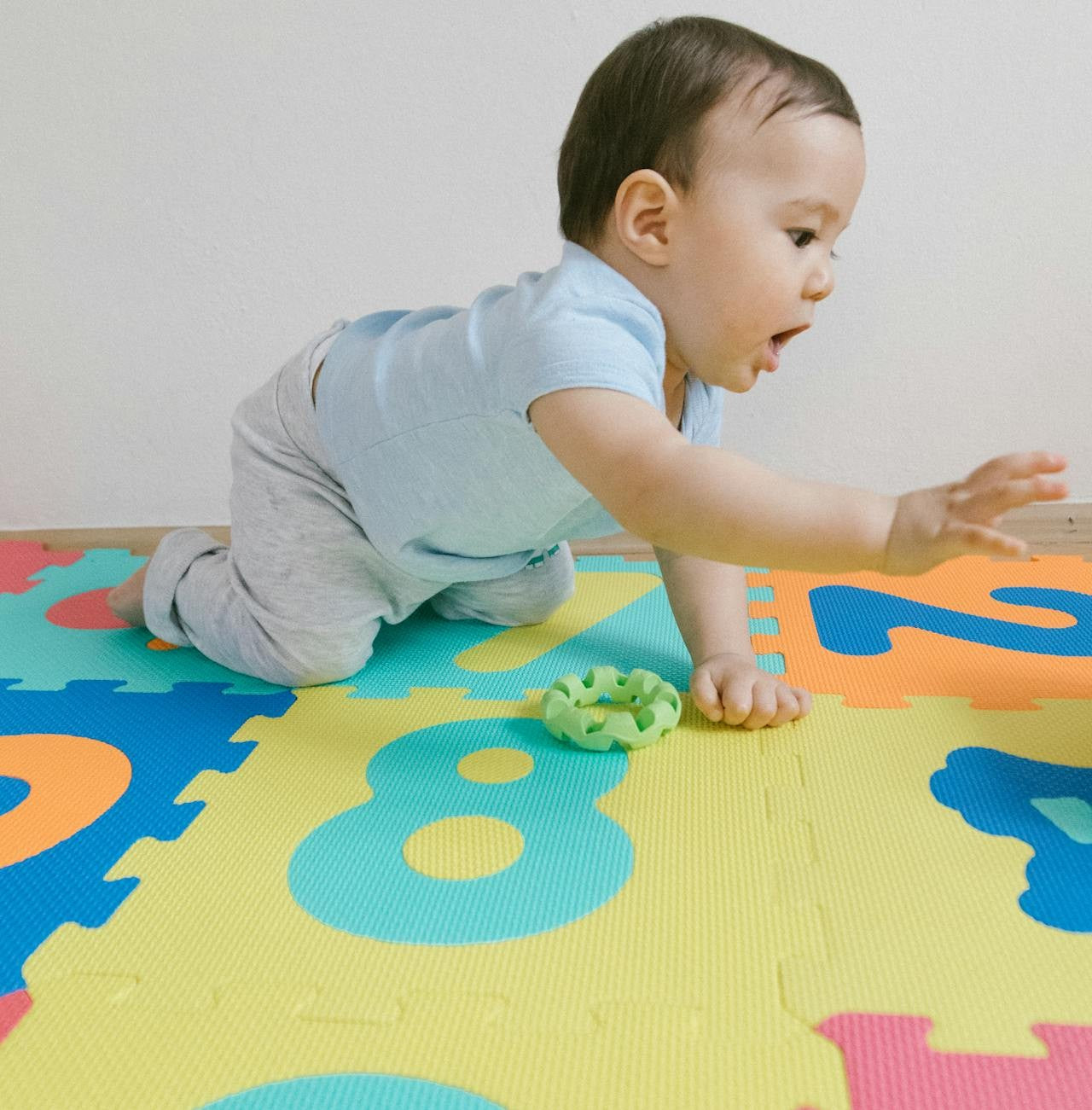

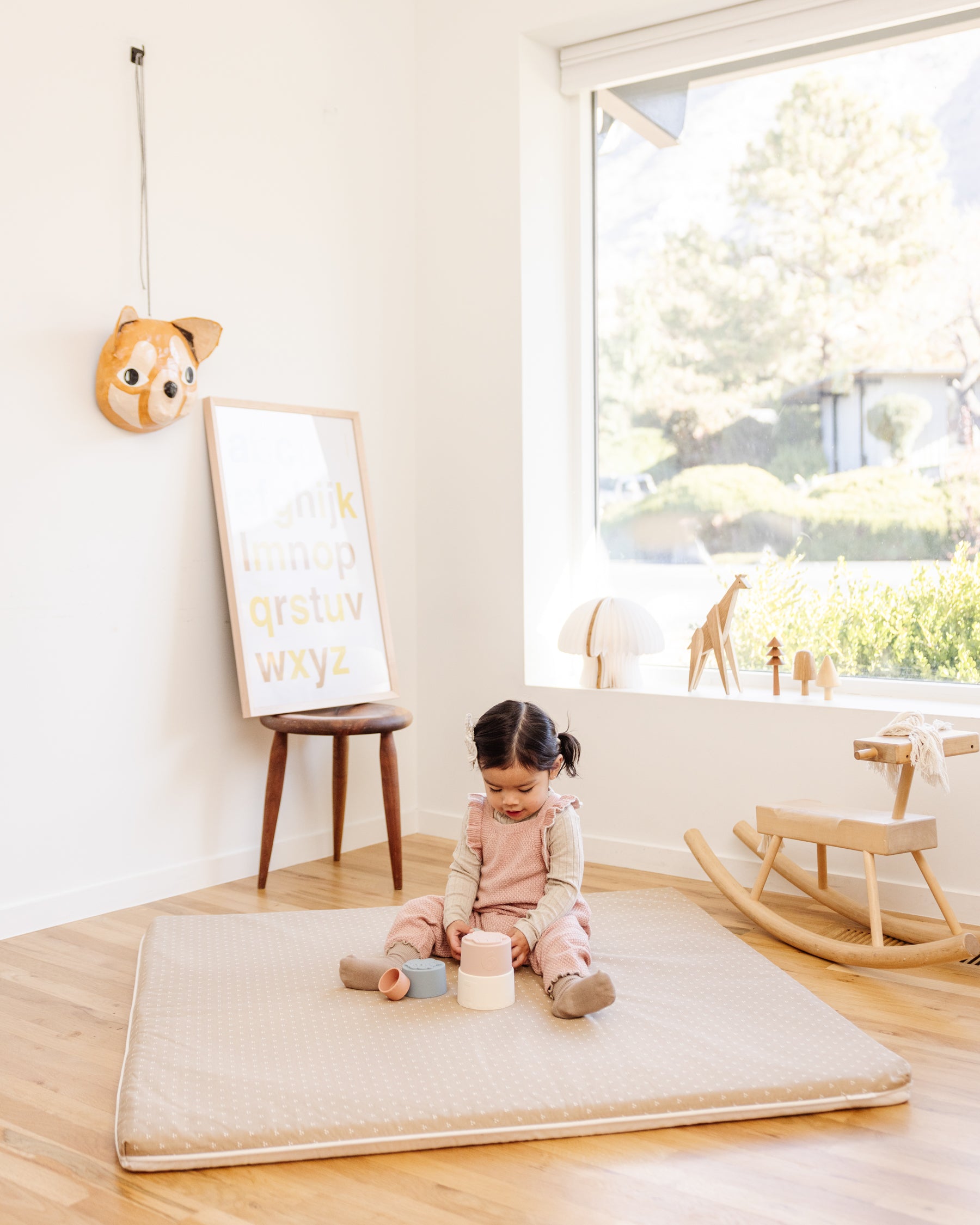
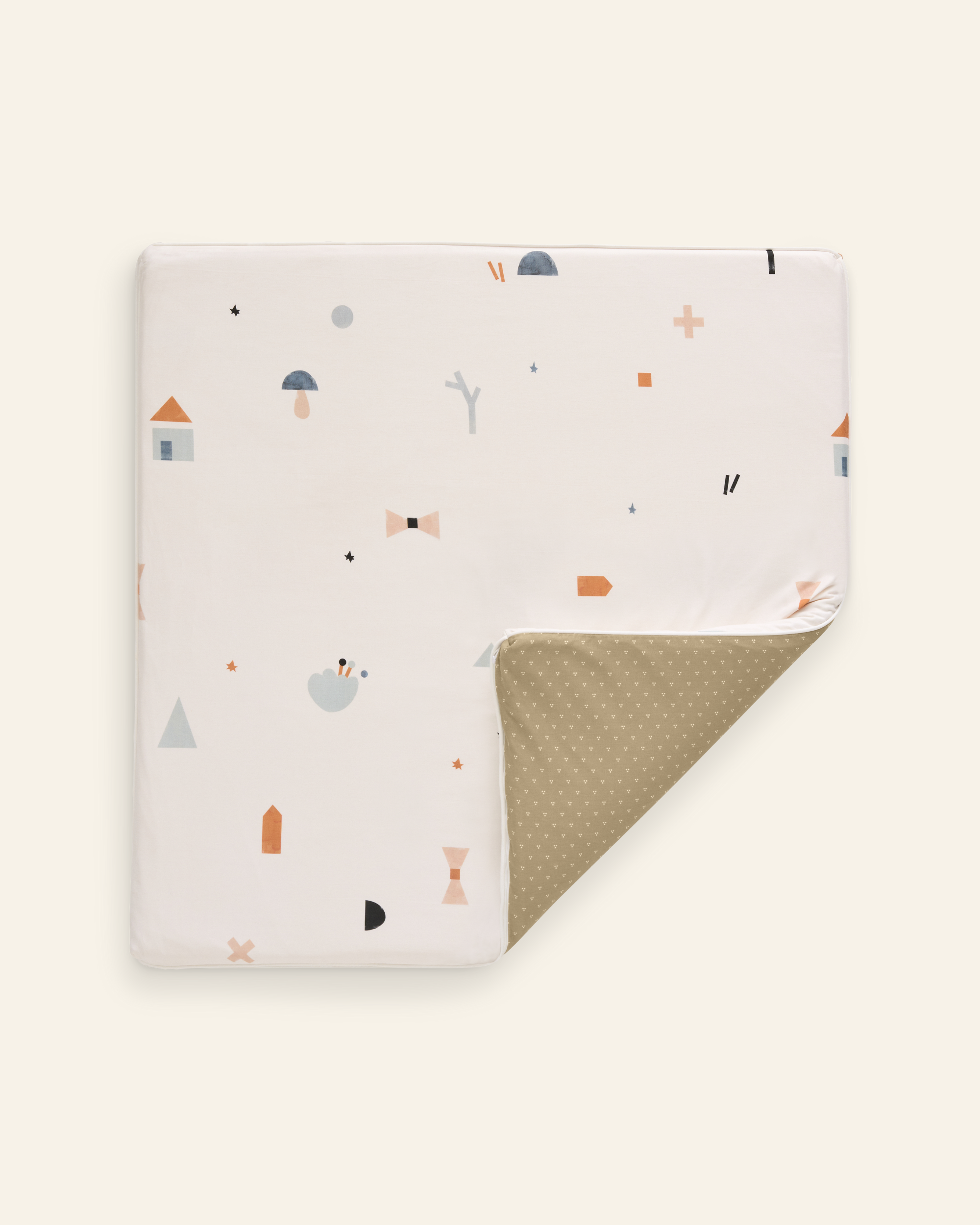
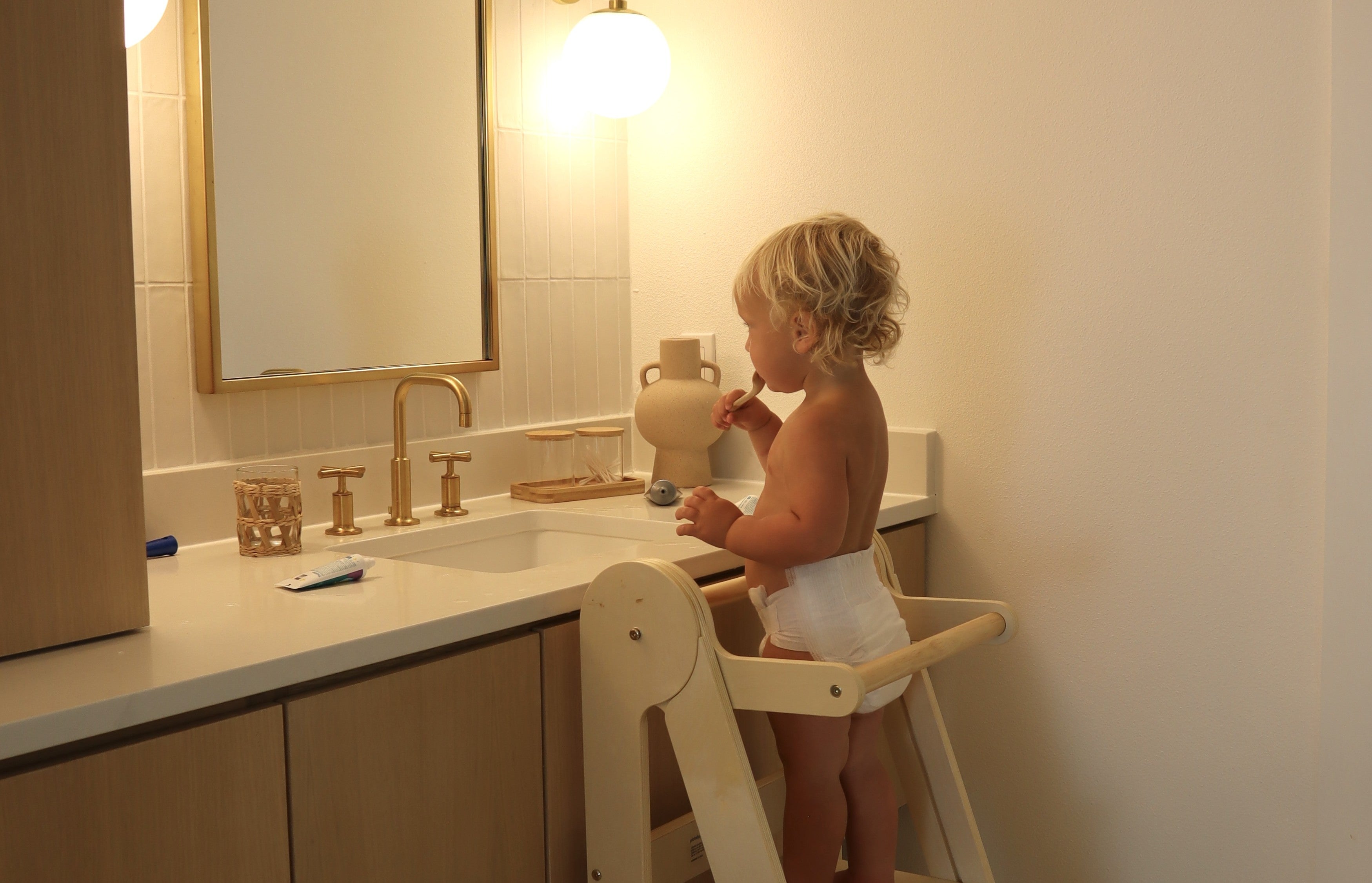
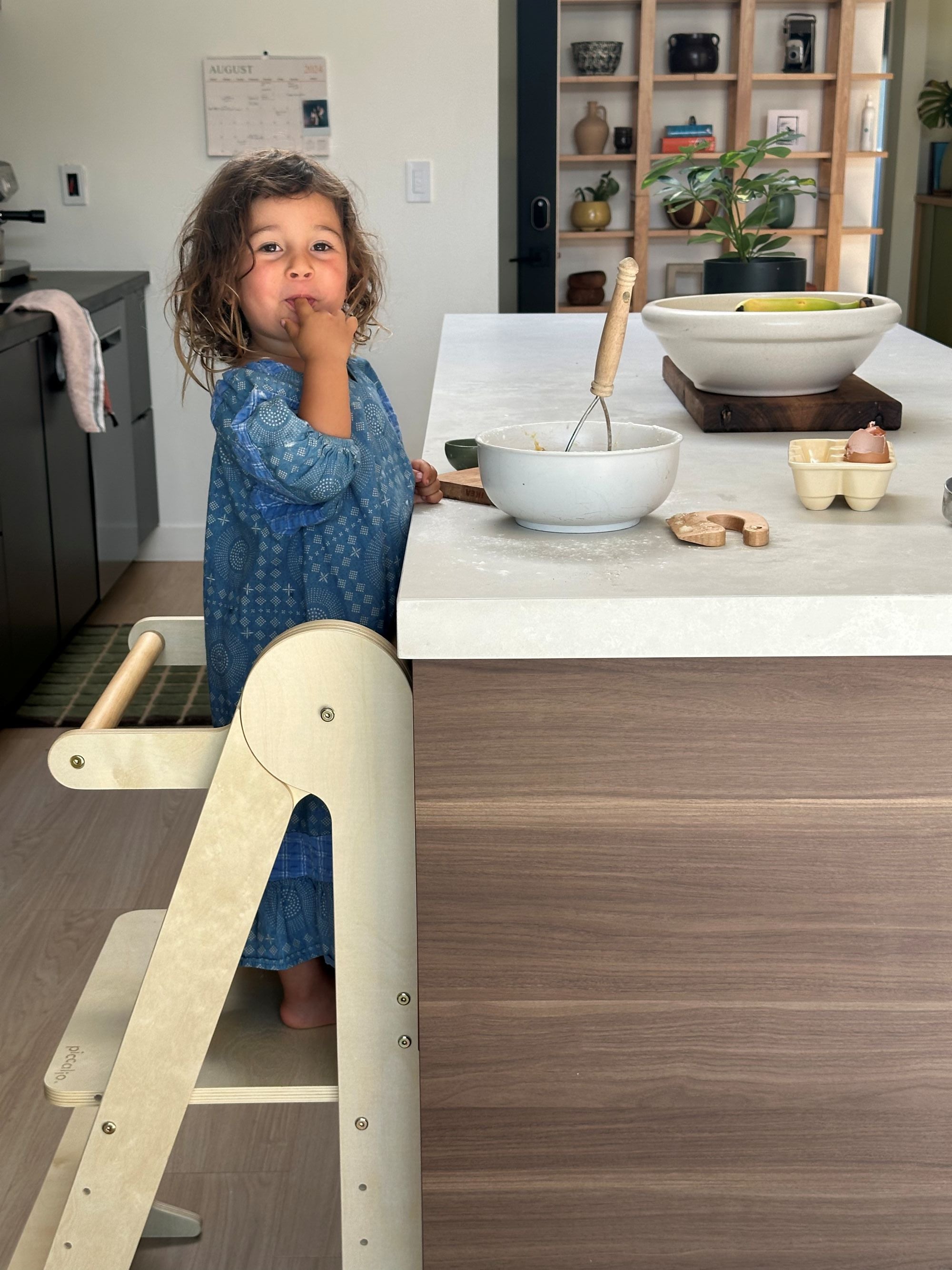
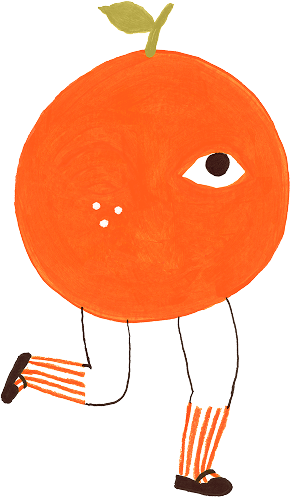
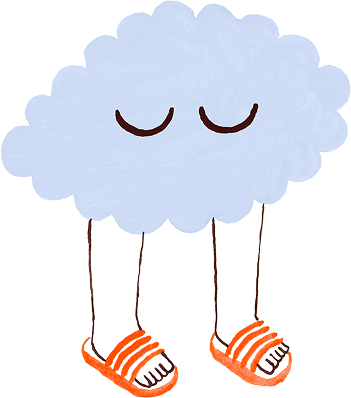
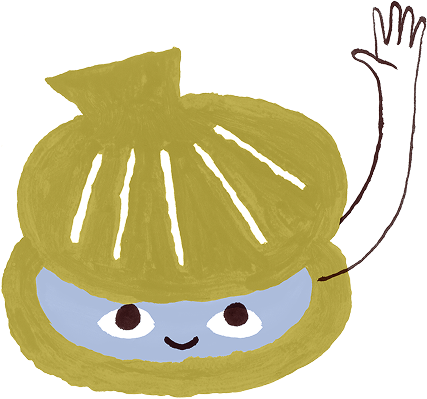
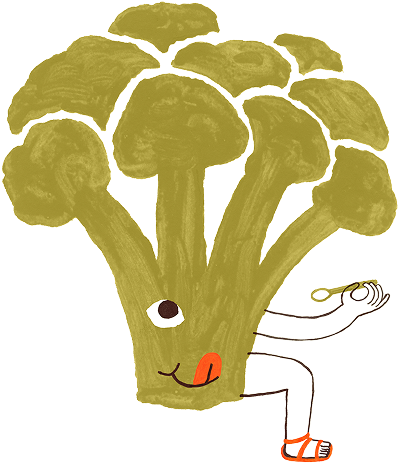
Leave a comment
This site is protected by hCaptcha and the hCaptcha Privacy Policy and Terms of Service apply.